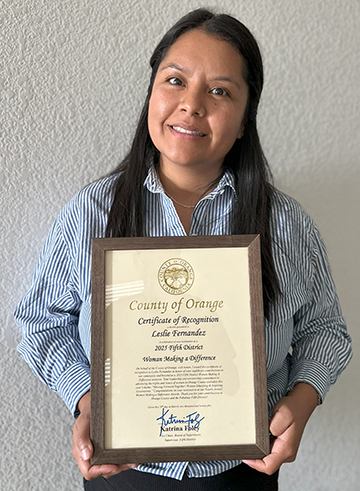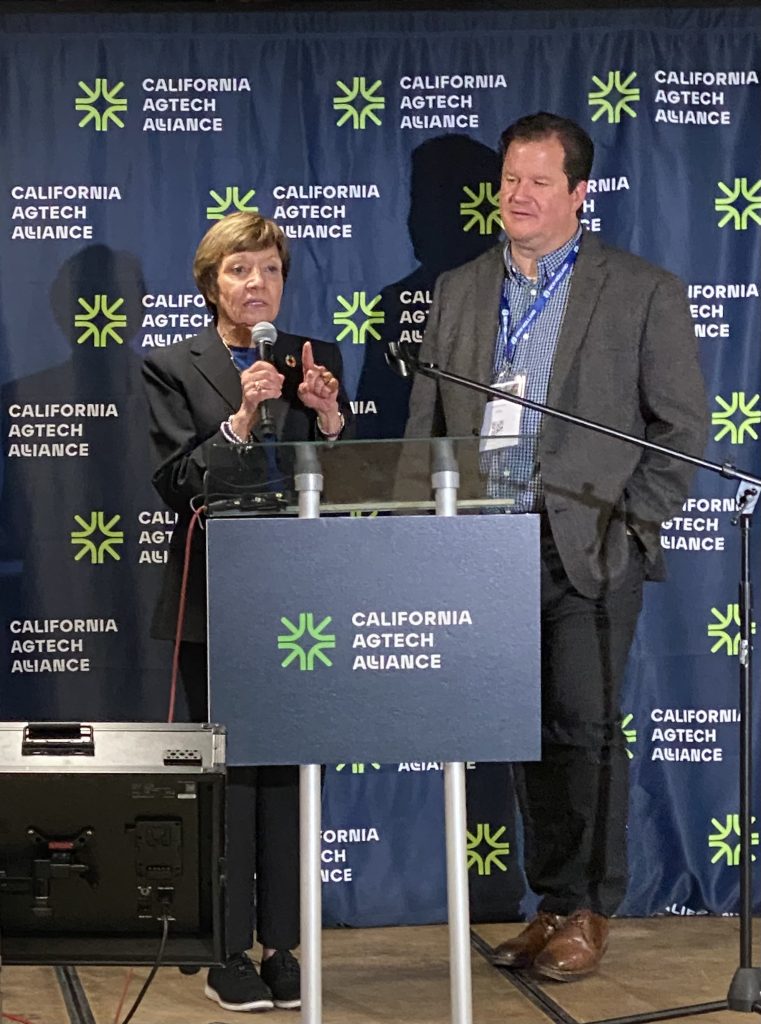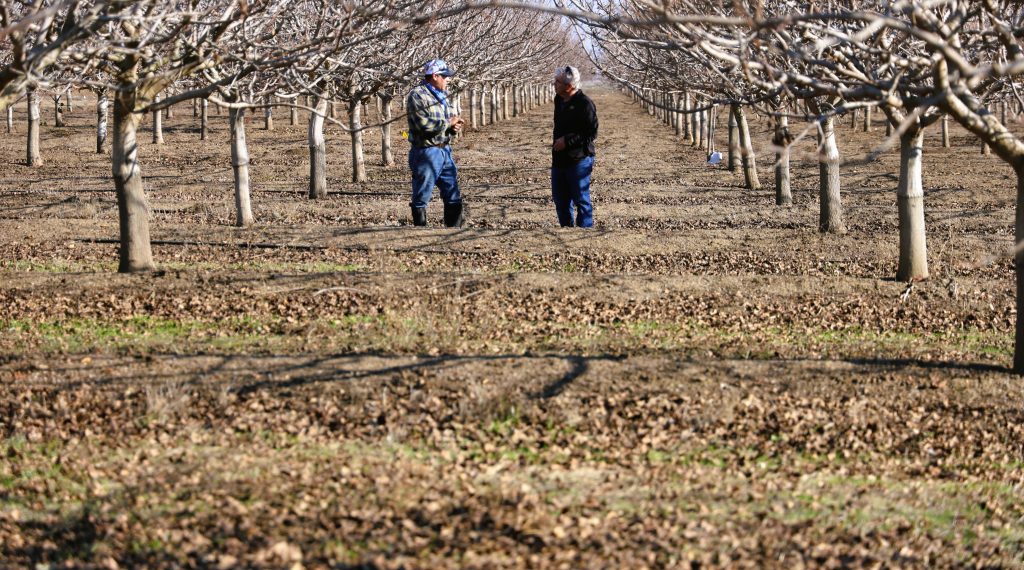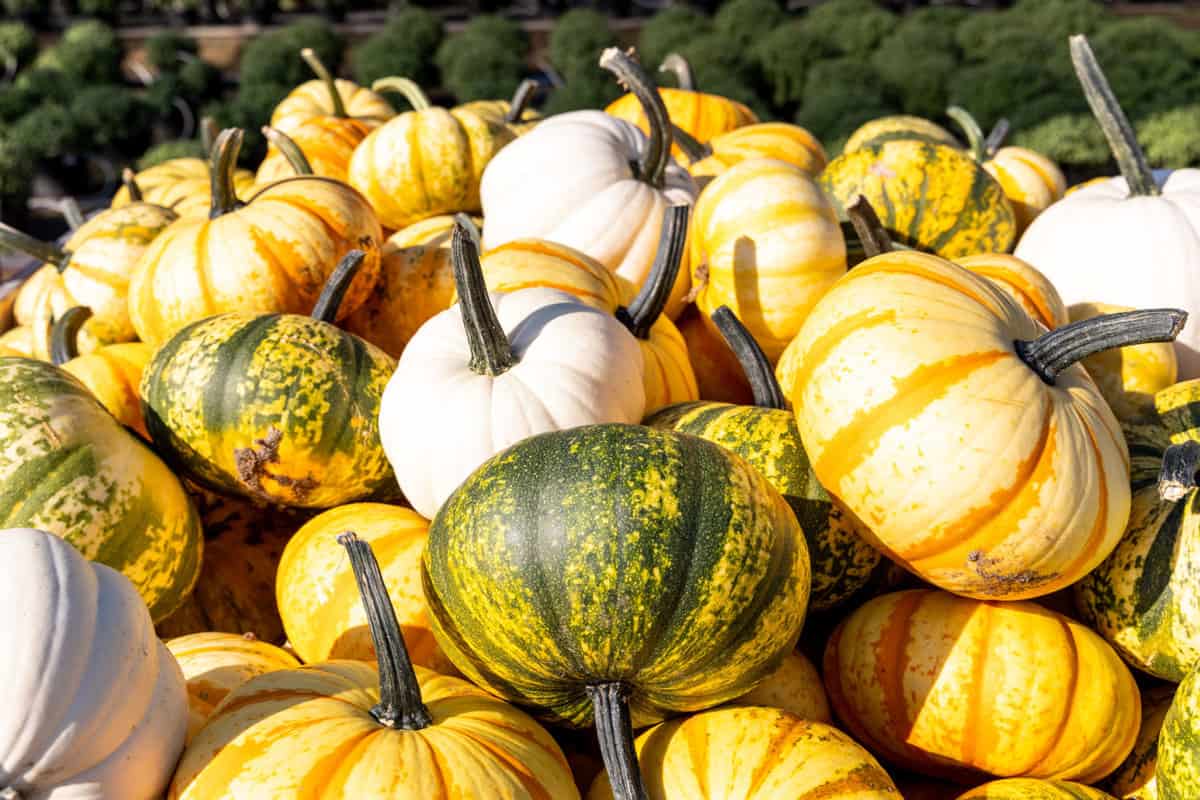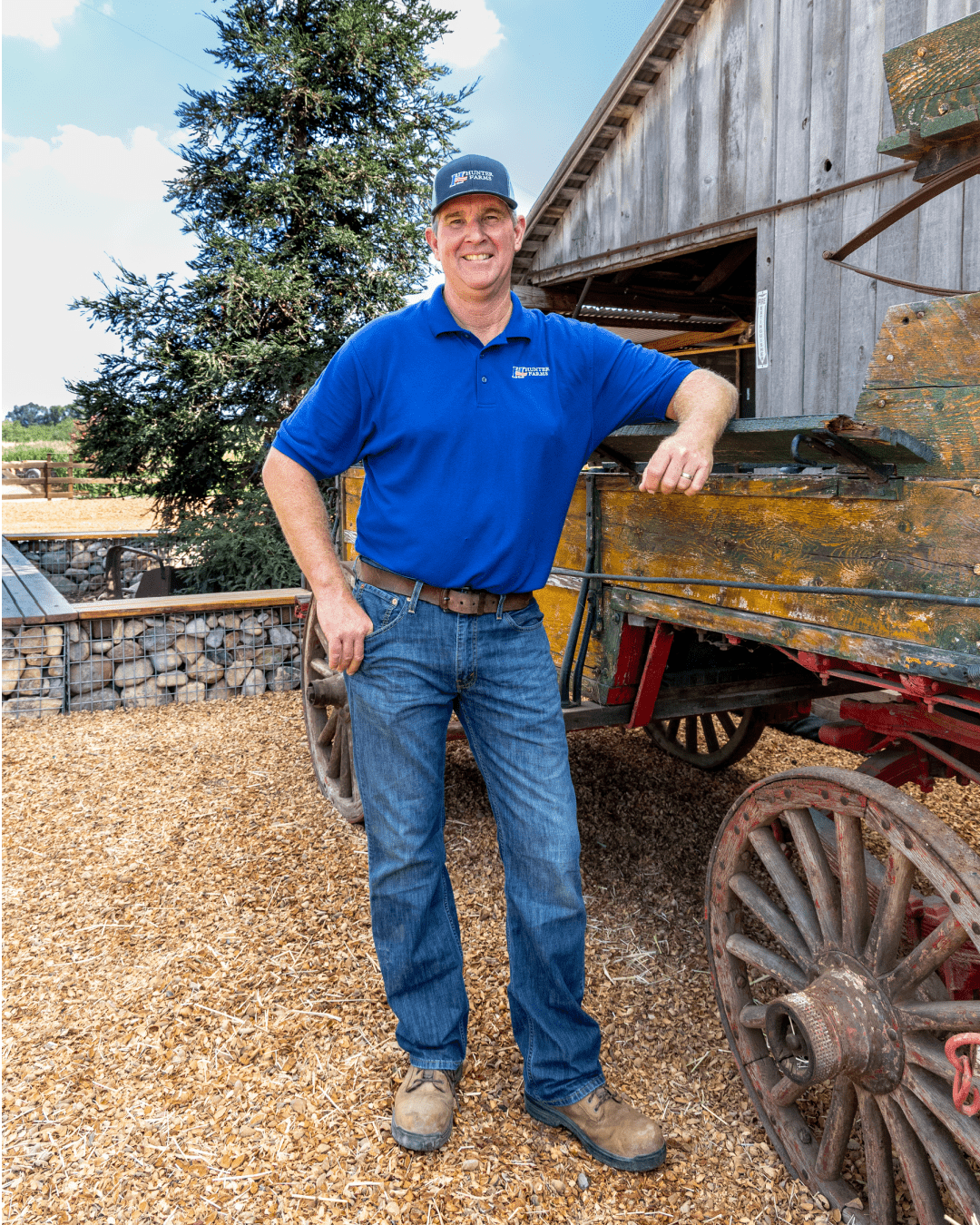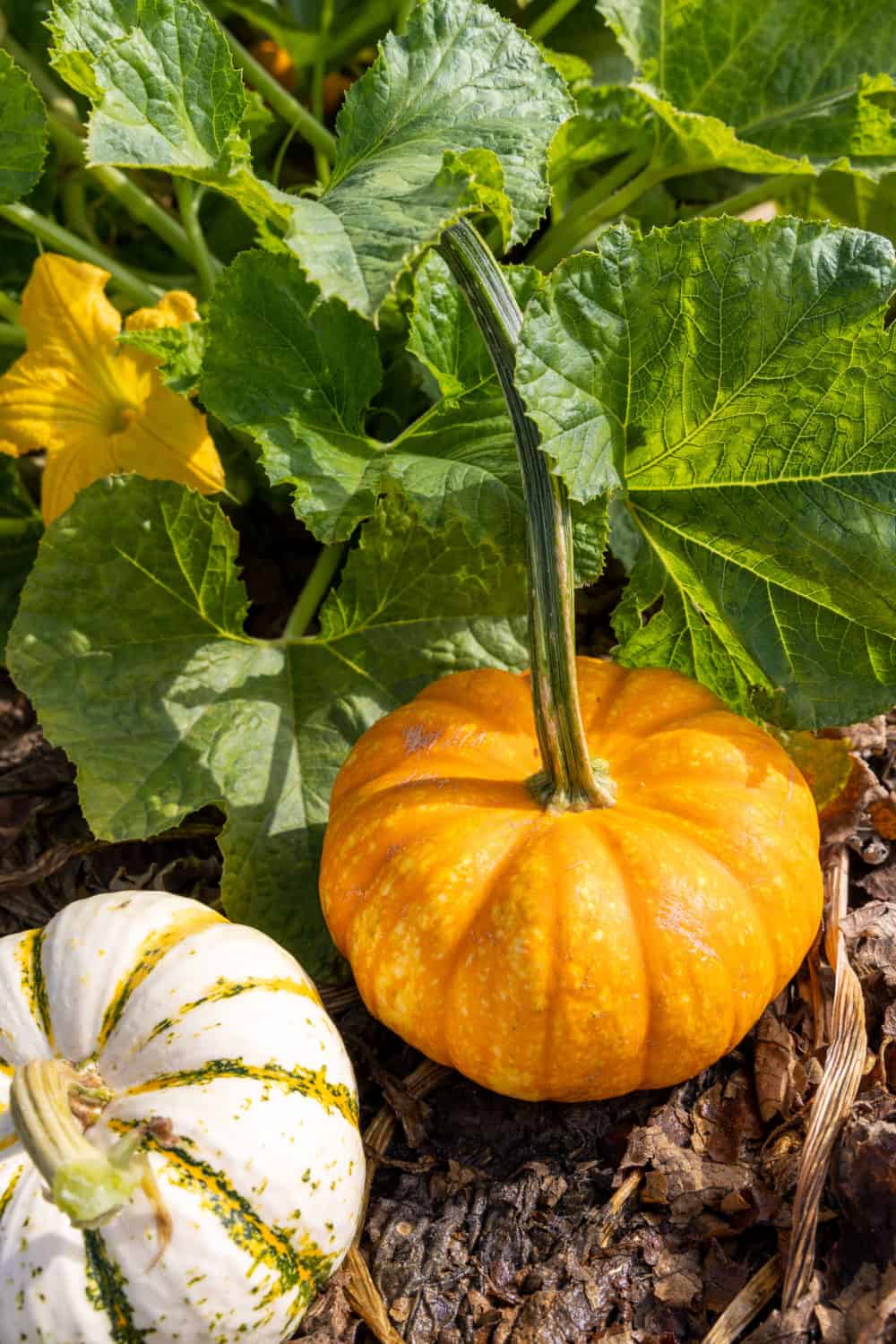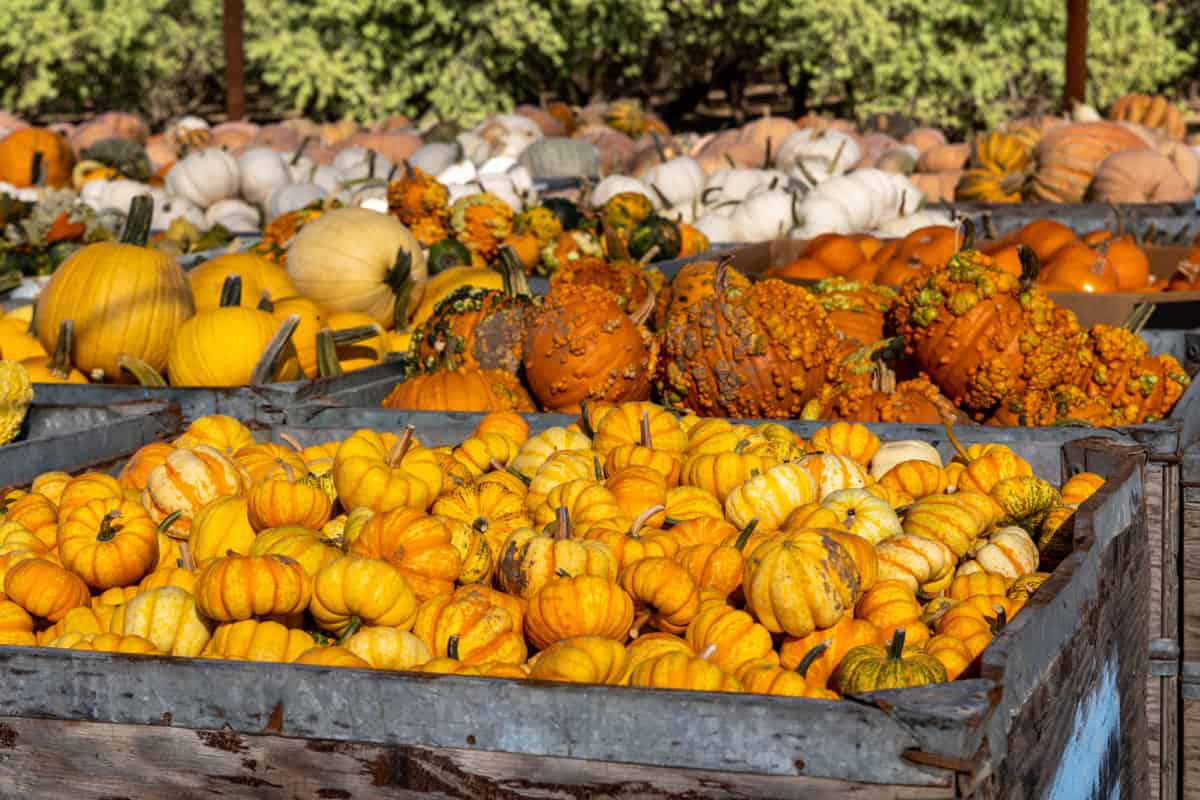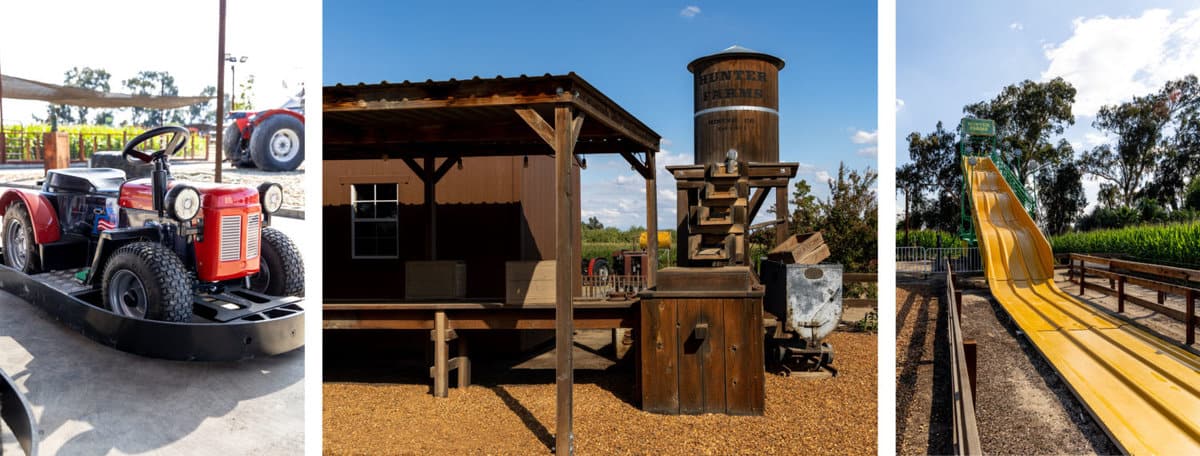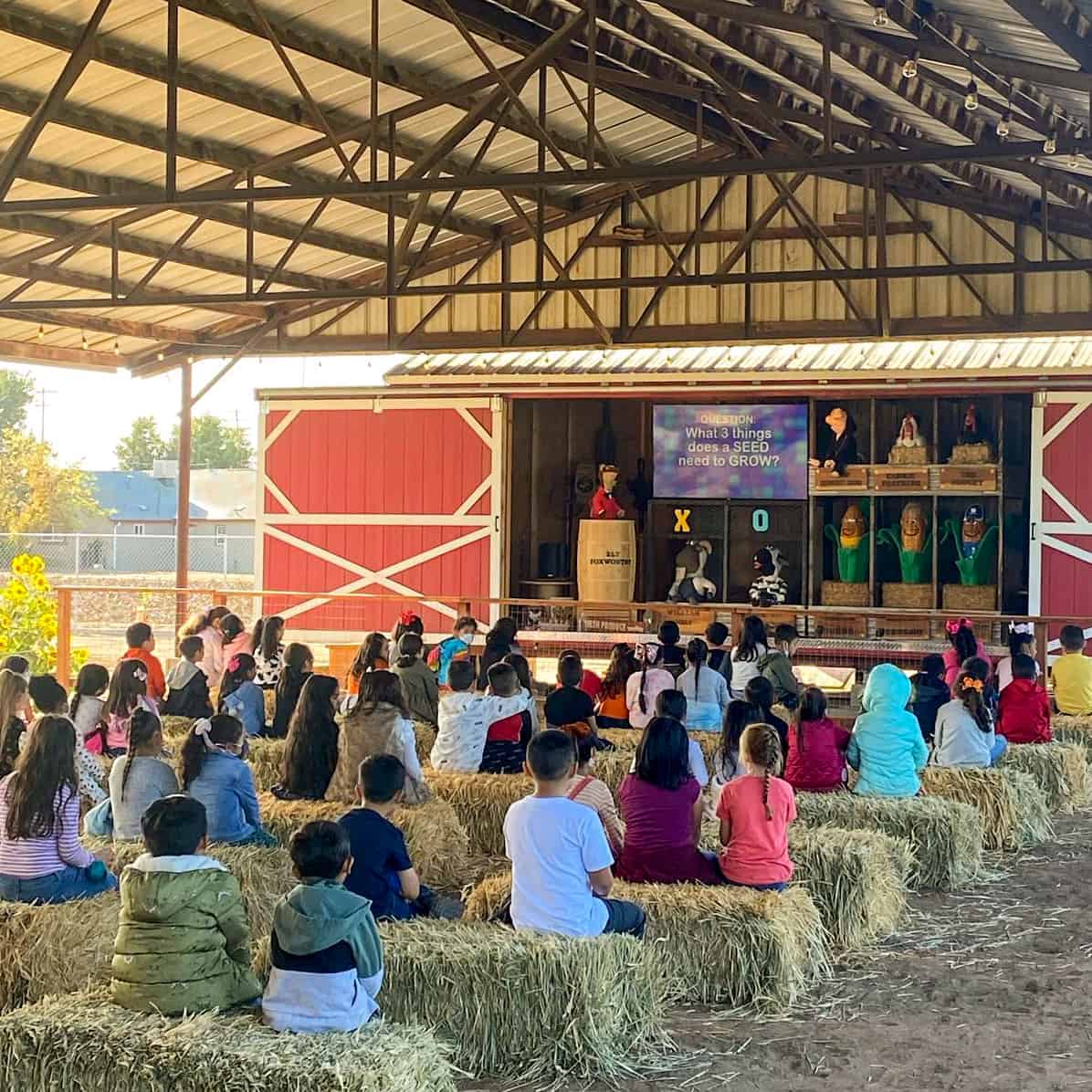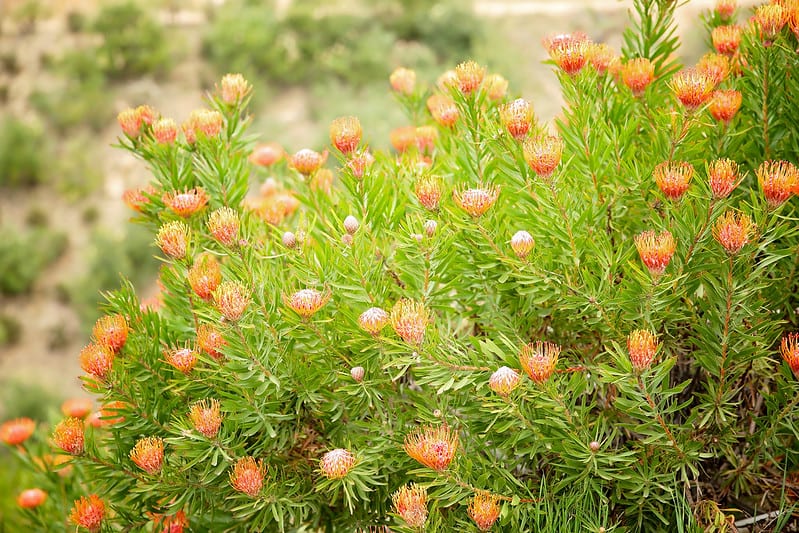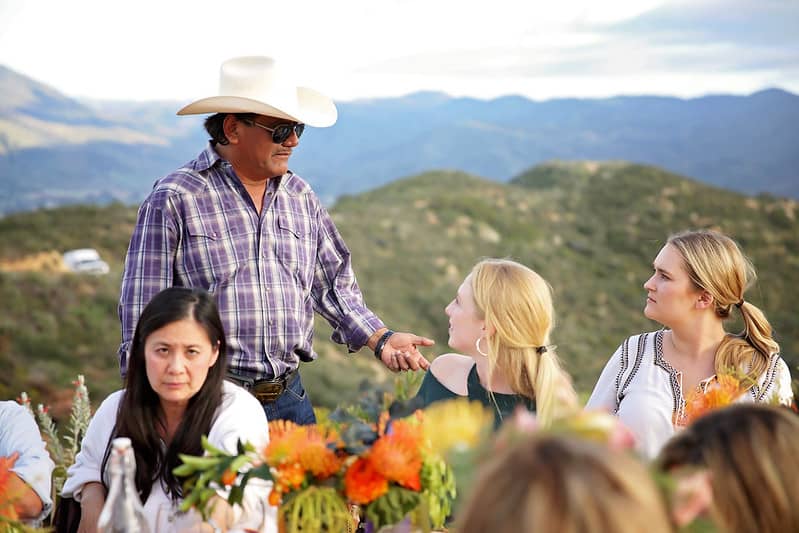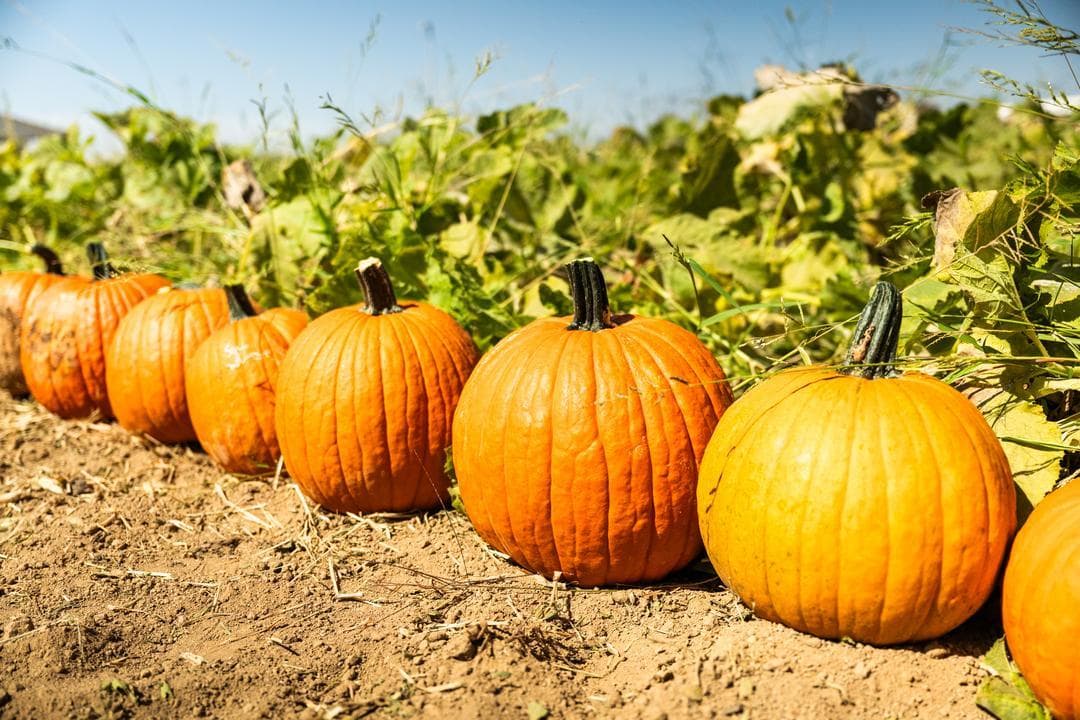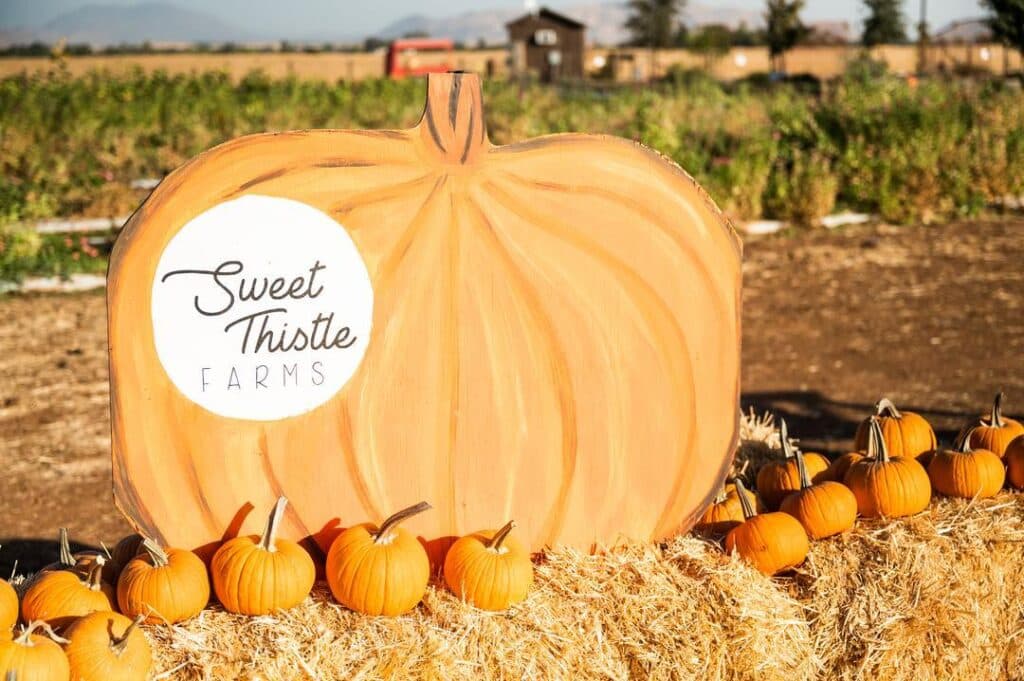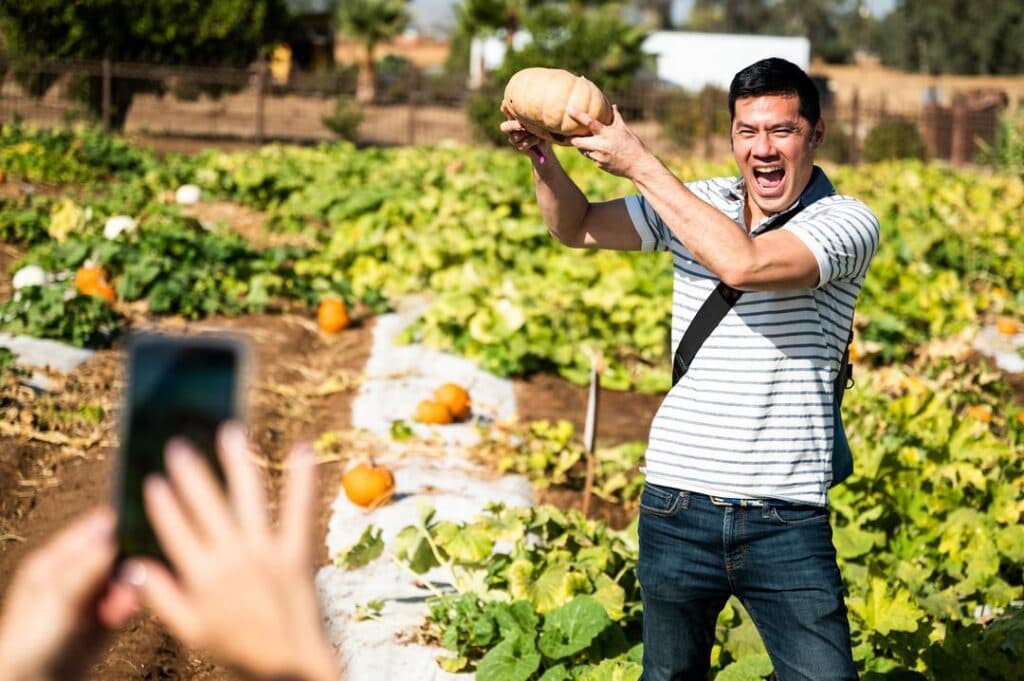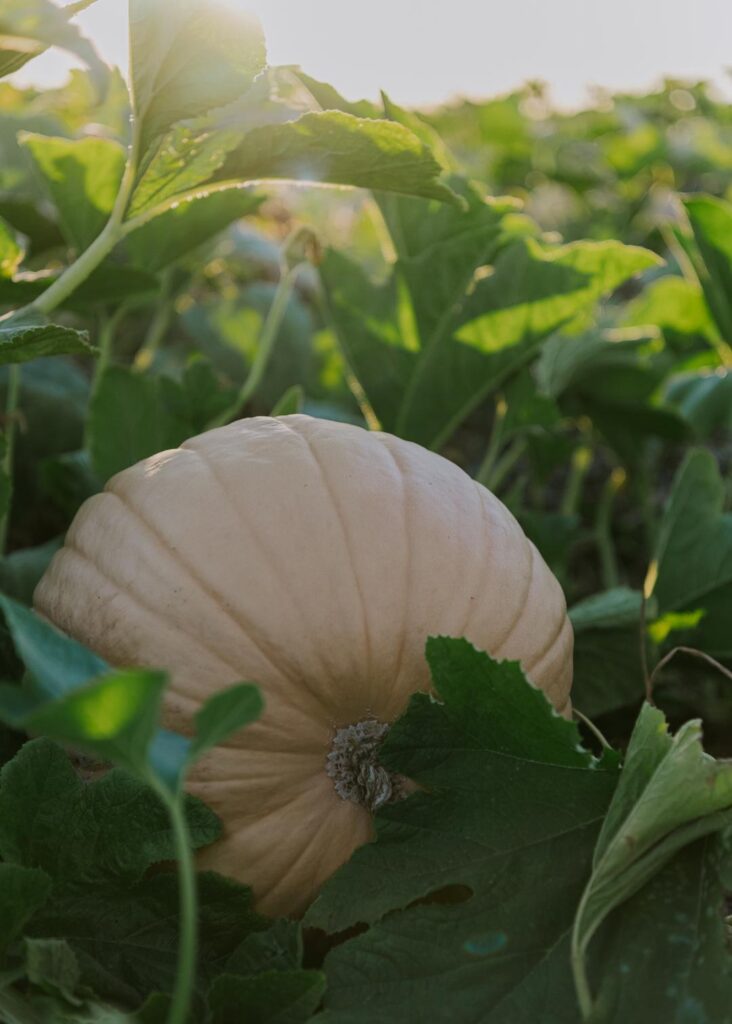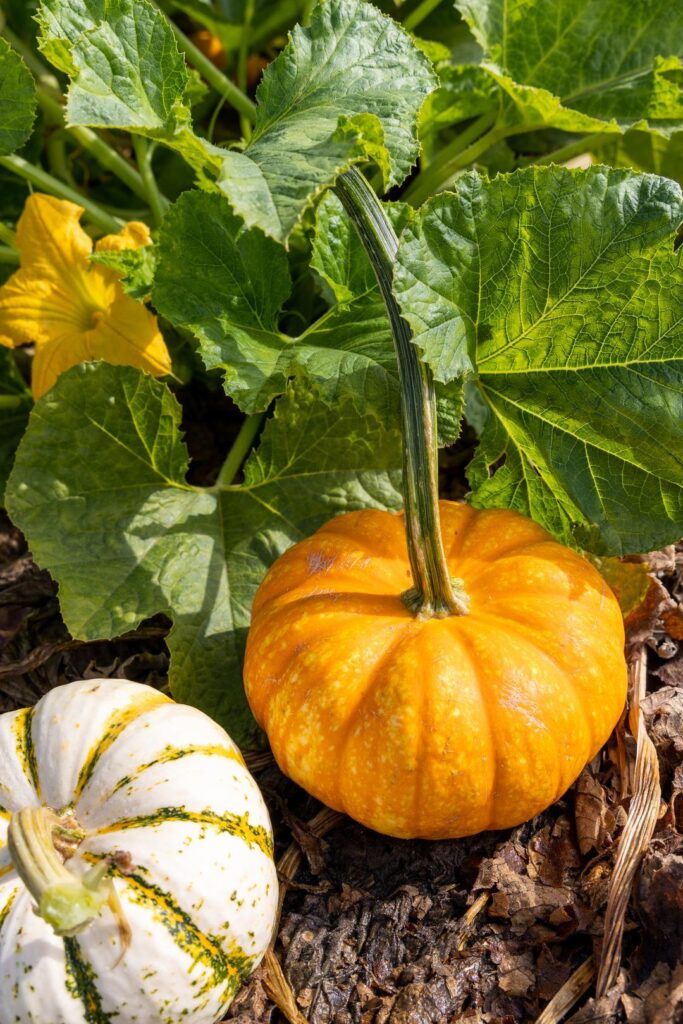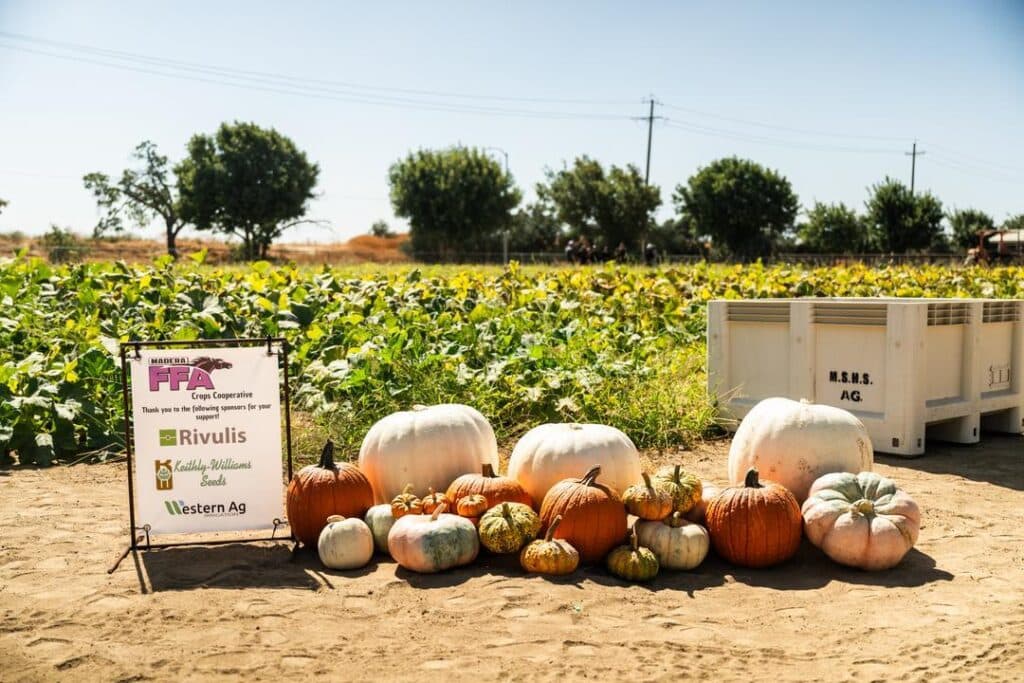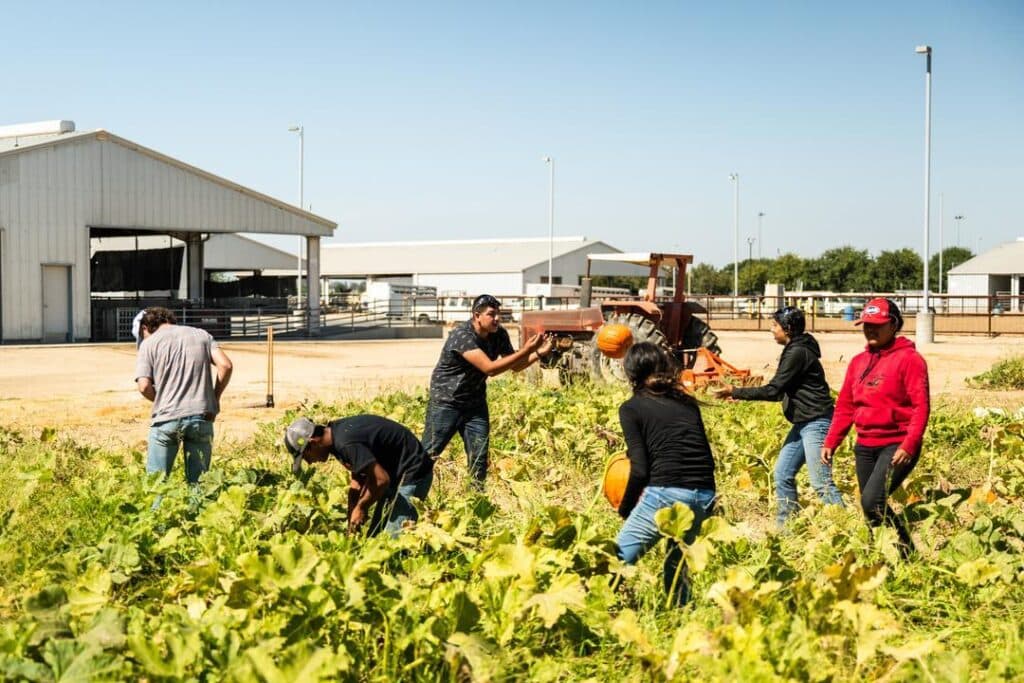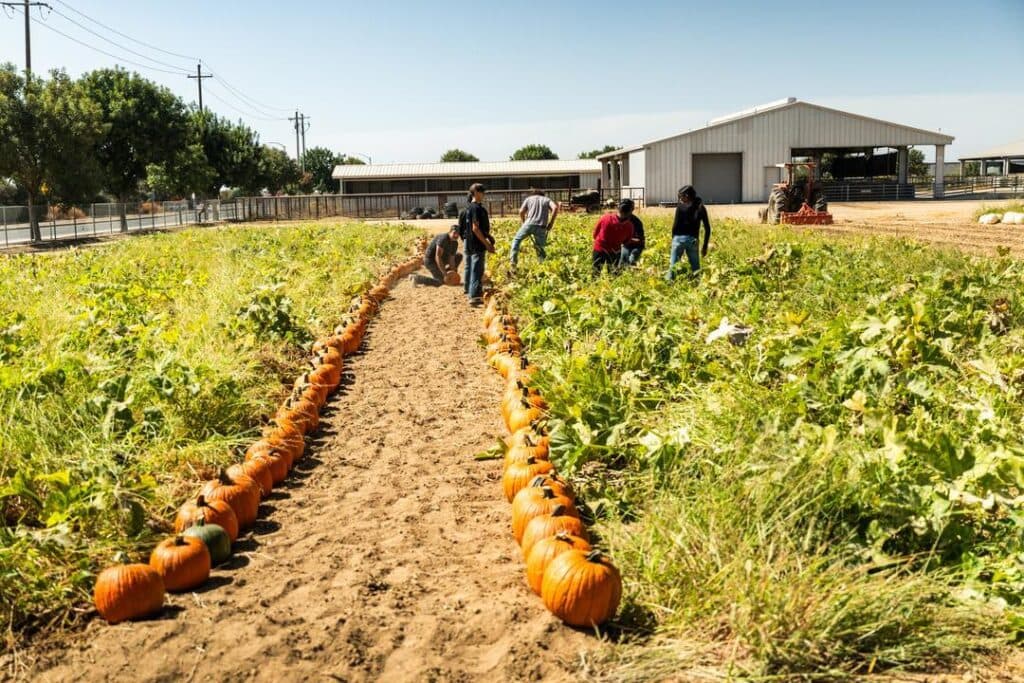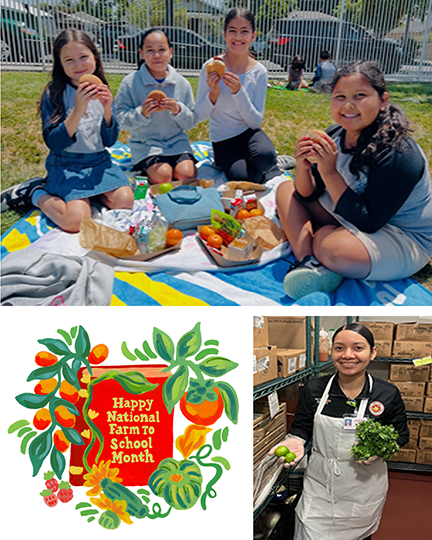
This October, we’re celebrating California’s fall harvest season, along with California Farmer and Farmworker Month – by exploring the people, places, and flavors that make our state’s agriculture special. In partnership with CA GROWN’s new digital hub — Experience California Agriculture — we’re highlighting farm adventures across the Golden State. From hands-on u-pick orchards and vineyard tours to local food experiences, this new resource makes it easier to connect with California’s vibrant agricultural communities across the state!
There’s nothing like an afternoon spent apple picking to kick those fall feels into overdrive. Before you (incorrectly) assume that apple picking is a cutesy activity relegated to families with small children or sappy date nights, hear us out. You don’t have to deck yourself out in plaid and cleanse your mind of anything but wholesome thoughts to enjoy spending the day apple picking. Do you like apple pie? Apple donuts? Hard apple cider? If you’ve answered yes to any of these queries, you need to make a trip to an apple orchard, stat. We have it on good authority, and by that, we mean our own experience, that there’s no better place to enjoy all things apple than a visit to an actual apple orchard. And if you’ve never experienced an apple plucked straight from the tree…well, grocery store offerings can’t even compare.
A bonus is that California apples grow best in areas with cooler evening temperatures – specifically near the coast and in the Sierra Foothills. So, if you’ve been craving a weekend in Pismo or a fall Tahoe trip, we’re offering up the perfect excuse. Check out a few of our favorite u-pick apple orchards and start planning your next ag adventure!
California’s u-pick apple season runs roughly from August through November.
Chileno Valley Ranch, Petaluma
Nestled in the rolling hills outside Petaluma, Chileno Valley Ranch invites visitors to explore their u-pick orchard. This family-owned farm grows over 20 different apples – everything from the immensely popular Honey Crisp to heirloom varieties dating back to the 1840s! They ripen at various times throughout the fall, but on any given day, guests will be able to discover 3 or 4 unique varieties!
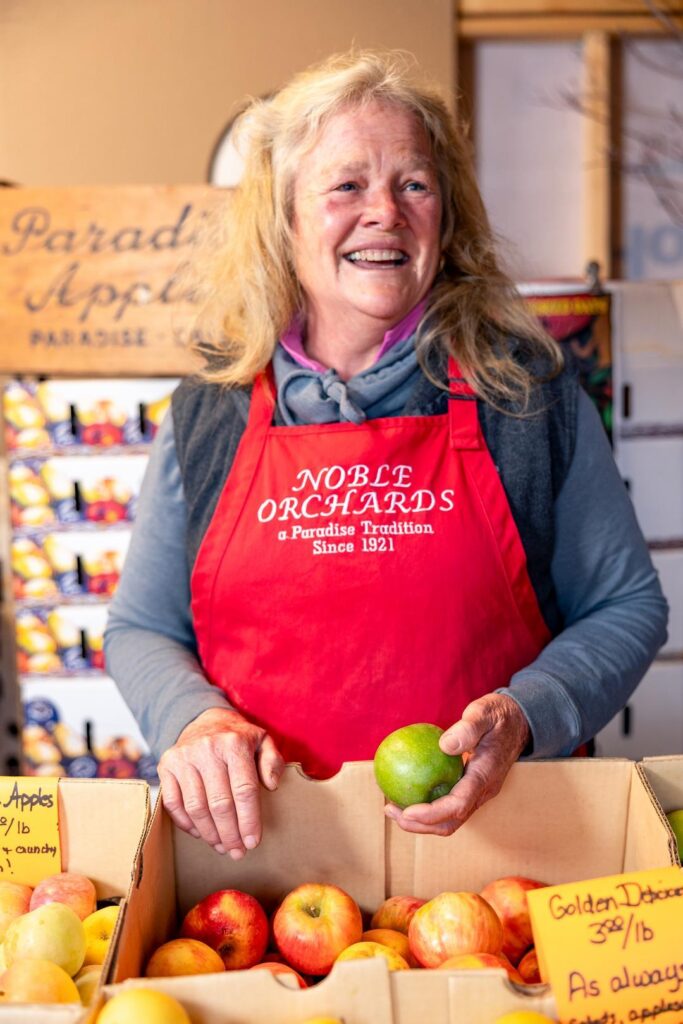
Noble Orchards, Paradise
For four generations, the Noble family has grown apples in Butte County, California. Now the area’s last remaining apple orchard, owners Jim and Laurie Noble have changed up the business model to survive – embracing u-pick during the fall and supplying apples to Lassen Traditional Cidery. Outside of apple season, Noble Orchards offers u-pick peaches and nectarines from July through October, and a stunning assortment of irises in early spring!
Apple Ridge Farms, Camino
There’s so much to do at Apple Ridge Farms! After collecting a basket of apples, explore the nature trail (lined with thousands of zinnias), try your hand at gem-mining, and visit the Bake Shop to sample all the apple-packed treats. We bit into the world’s best caramel apple, but owner Steve Tuso says the apple cider donuts are his fave.
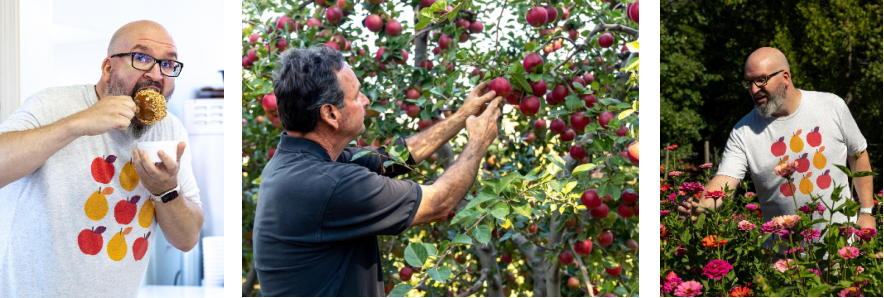
O’Halloran Ranch, Camino
At O’Halloran Ranch, guests can choose to partake in the traditional u-pick experience or simply mix and match from bins overflowing with already harvested apples. This quaint little farm has a quiet confidence; it offers visitors a traditional and authentic quiet, pastoral farm experience without all the crowds. So, hop on the 50 towards Tahoe and head to O’Halloran Ranch.
Everett Family Farm, Soquel
Everett Family Farm sells organic apples, berries, stonefruit and more at their on-site farmstand and to local restaurants and grocers. During the fall, visitors can traipse through the apple orchards and pick their fill of 14 different apple varieties. Be sure to bring cash or check – this small family farm’s u-pick relies on the honor system!
Gizdich Ranch, Watsonville
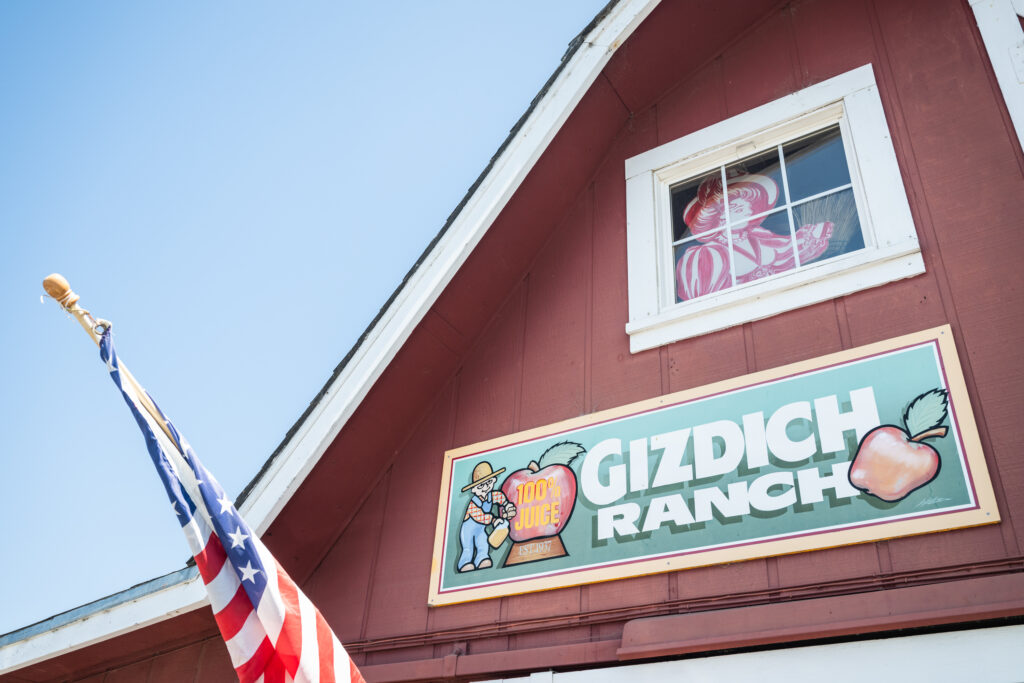
Spend a fabulous fall day at Gizdich Ranch. Collect your fill of u-pick apples, then settle in on one of the outdoor picnic tables with a slice of Nita’s famous apple pie. The recipe is a family secret – but Nita offers up one tidbit of truth: she doesn’t add much sugar to the apple pie filling. With apples this sweet, why would you?
Swanton Pacific Ranch, San Luis Obispo
Heading to the Central Coast for a wine-tasting weekend? Add apple picking to your itinerary, too! Swanton Pacific Ranch, run by Cal Poly San Luis Obispo, grows 16 different varieties of organic apples. This extends the growing season and allows guests an opportunity to experience lesser-known, heirloom varieties.
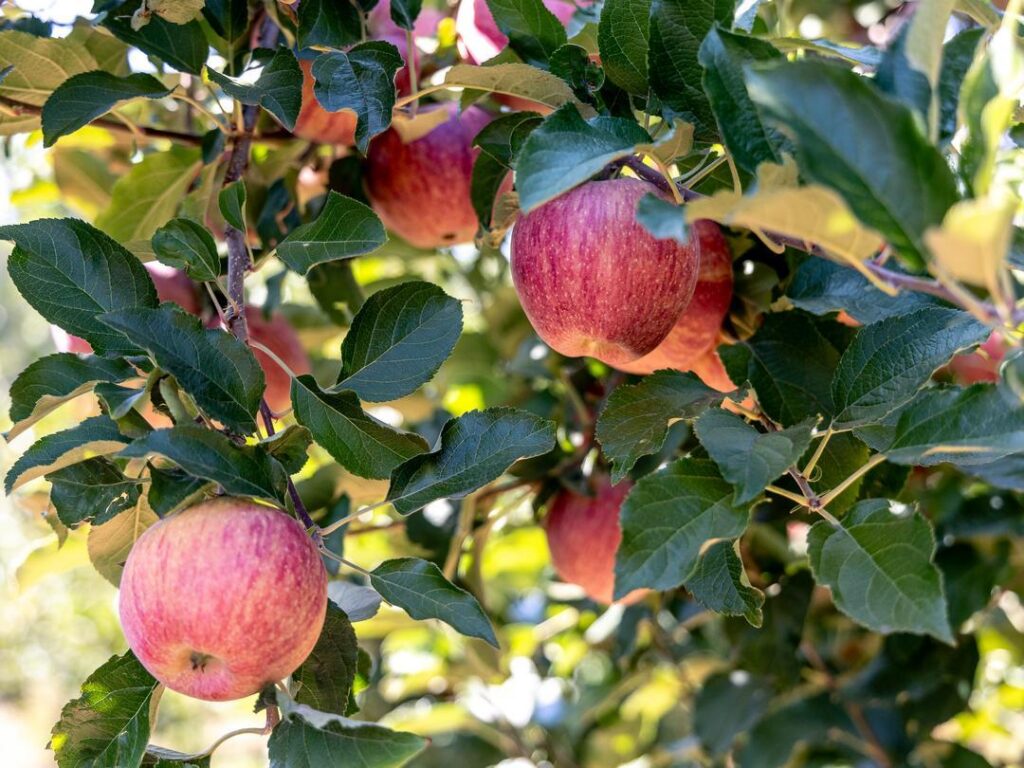
SLO Creek Farms, San Luis Obispo
SLO Creek Farms is a 14-acre u-pick apple orchard in beautiful San Luis Obispo. You’ll definitely want to pluck a basket-full of organic apples from the trees, and don’t forget to grab a few bottles of freshly pressed cider and apple brandy to enjoy at home!
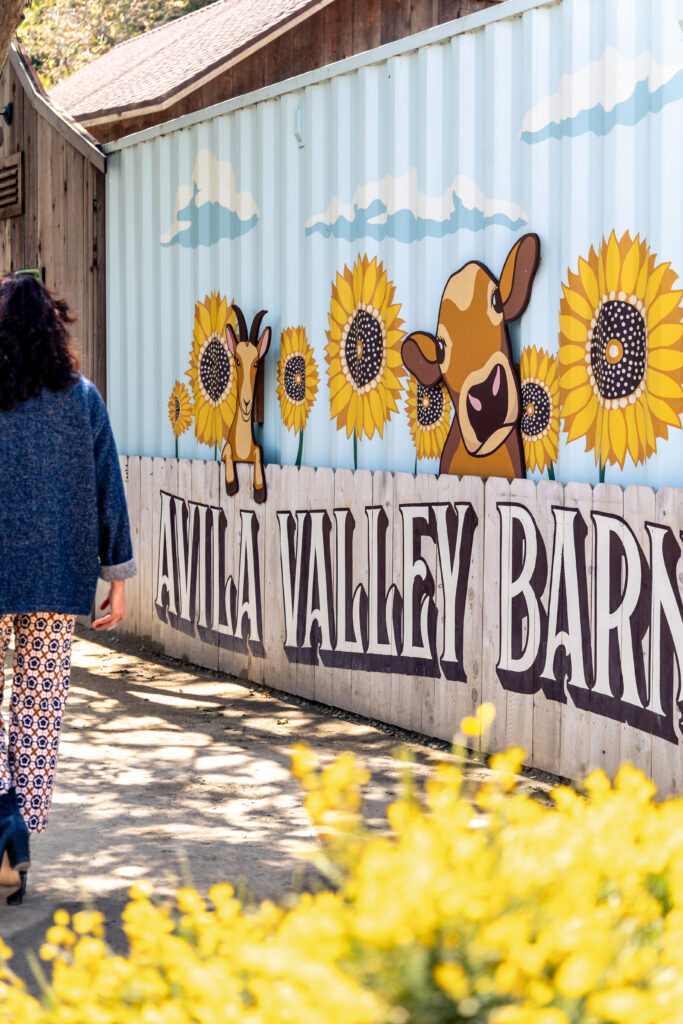
Avila Valley Barn, Avila
It’s easy to spend an entire afternoon at Avila Valley Barn! Kids love the u-pick apple orchard, ice cream shop and the friendly farm animals at the petting zoo, and adults can eat their fill of Avila Valley Barn’s iconic grilled artichokes and roasted corn. If you’re really into apple exploration, pop on over to their sister orchard, Gopher Glen, to taste over 65 different types of apples!
Volcan Valley Apple Farm, Julian
For many families, a visit to Julian is a cherished fall tradition. Volcan Valley Apple Farm’s trellised apple trees allow even the youngest participants to pluck their own fruit from the tree.
Julian Farm and Orchard, Julian
Stay – and play – at Julian Family Orchard! Spend the day enjoying the petting zoo, yard games and u-pick apple orchard, and then stay the night next door at Julian Orchard Ranch. While you’re there, be sure to grab a slice of Julian Pie Company’s famous apple pie!
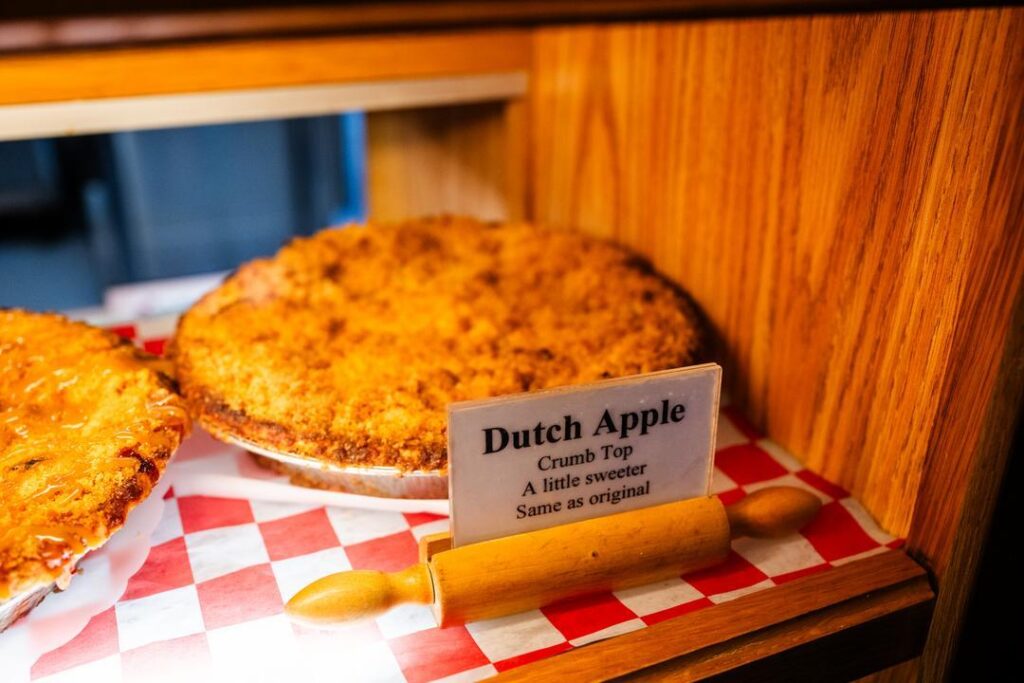
Stone Soup Farm, Oak Glen
Stone Soup Farm is just an hour outside of Los Angeles, but what a difference an hour makes! Tucked in the quiet hills of Oak Glen, this gorgeous farm offers apple picking and farm tours, where visitors can learn more about regenerative agriculture and the proper technique for picking the perfect apple.
Los Rios Rancho, Oak Glen
Visit Southern California’s oldest apple orchard, Los Rios Rancho. Enjoy apple picking, horse-drawn wagon rides, cider pressing and more! Don’t even think about leaving without enjoying a slice of their famous apple pie with a cup of gourmet coffee.
Riley’s Farm, Oak Glen
Riley’s Farm boasts all the traditional u-pick apple orchard trappings, but its wildly diverse event offerings truly set this Oak Glen farm apart. Visitors can enjoy everything from musical theater and Civil War reenactments to Adventures in the Old World, where folks can step back in time and experience what life would have looked like in the 18th century!
Article by Hilary Rance. Photography by Hilary Rance and James Collier.
This article was published on California Grown.
Related:
Agritourism – California’s Pumpkin Patches: Hunter Farms
Agritourism – the Central Valley’s Best Pumpkin Patches



